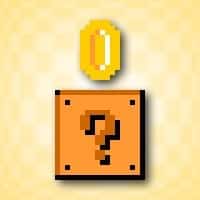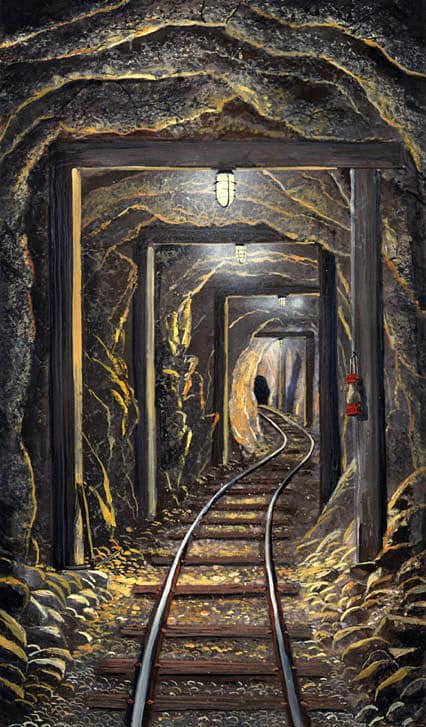With the dramatic rise in the price and popularity of bitcoin over the past six months, there has been a lot of confusion surrounding the mining of cryptocurrencies. The concept, ever obfuscated by mainstream journalists and their bumbling attempts to summarize it, is not only simple to understand, it is also what gives cryptocurrencies some of their most desirable qualities.
It is true that the mining process consists of solving arbitrarily difficult make-work math problems using computer processors. However, the use of electricity and computer resources to solve these problems is not wasteful as less prudent critics will invariably shout.
Bitcoin, among other cryptocurrencies, is built around a backbone called the “blockchain”. The blockchain is a distributed public ledger. It contains a timestamped record of every transaction ever conducted in the currency as well as the public addresses of the participating parties. It has no central server or authority; it is shared and validated simultaneously by servers and personal computers all over the planet, 24 hours a day. But where does it originate from? How is it created? In short, through mining.
In conjunction with serving several other purposes that are foundational to the existence of cryptocurrencies, miners are the construction workers of the blockchain (i.e. they build it). They do this work by listening for transactions that are broadcast onto the network, and writing them into the portion of the bitcoin transaction ledger that is set to be published next. These portions of the ledger are referred to as “blocks”.
Miners compete for the opportunity to write the blocks into the blockchain by solving mathematical hash functions using computer processing power. The miner that solves the function first is entitled to be the publisher of the next block. By recording broadcasted transactions into new blocks, these miners are entitled to transaction fees, which can and will be quite substantial going forward.
Each time a new block is appended to the blockchain, the transactions in the previous blocks are said to receive a “confirmation.” With each subsequent block that is published, the transactions included in previous blocks become more difficult to undo or tamper with. In building the blockchain piece by piece, miners validate these prior transactions by embedding them further and further within an accounting book published and protected by the entire bitcoin network. This network’s computing power dwarfs that of many of the world’s most powerful supercomputers. combined.
Mining has yet another vital function in crypto-coin infrastructure: it is the mechanism by which new units of the currencies are created. In addition to receiving the transaction fees included in each block, miners who solve the hash functions are rewarded with a pre-determined amount of coins. These coins are “minted” using algorithms built into the protocol and are deposited into the wallet of the successful miner. The difficulty of the problems being solved in mining is dynamically adjusted based on the total amount of processing power the network possesses, such that a new block is published every ten minutes (in the case of bitcoin).
This system cannot be circumvented by anyone, nor can the coins be counterfeited. What this system amounts to is a completely predictable, inalterable monetary issuance policy. We always know with utter confidence how many units of a given cryptocurrency exist at any given moment, and how many will exist tomorrow (keep in mind that while we do know exactly how many coins have been created, it is more difficult to know how many are in “circulation”, but that is for another piece).
Given the information detailed above, it should be clearer to see that mining is not simply a waste of time, money, and electricity as many critics would have you believe. In fact, the mining process imparts several of bitcoin’s most valuable characteristics, allowing for a robustly secure public ledger, and a highly predictable, controlled issuance rate. Just because we are dealing with computers and math, instead of pickaxes and mountains, does not mean the functions mining performs are wasteful and imaginary. In fact, they are quite real and quite profitable.







